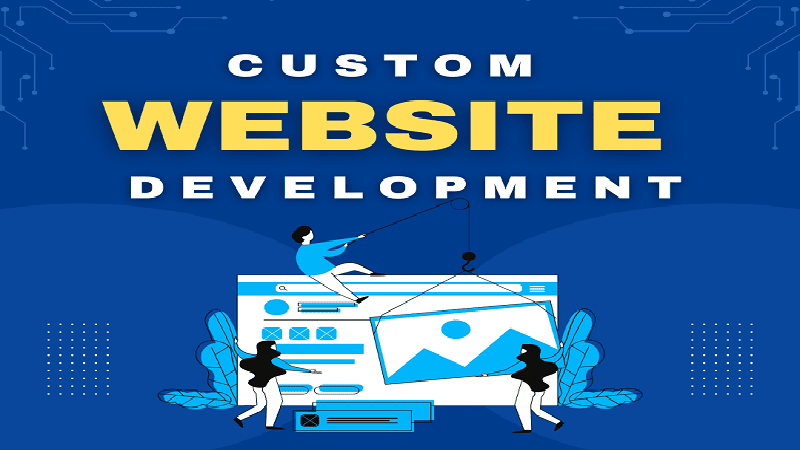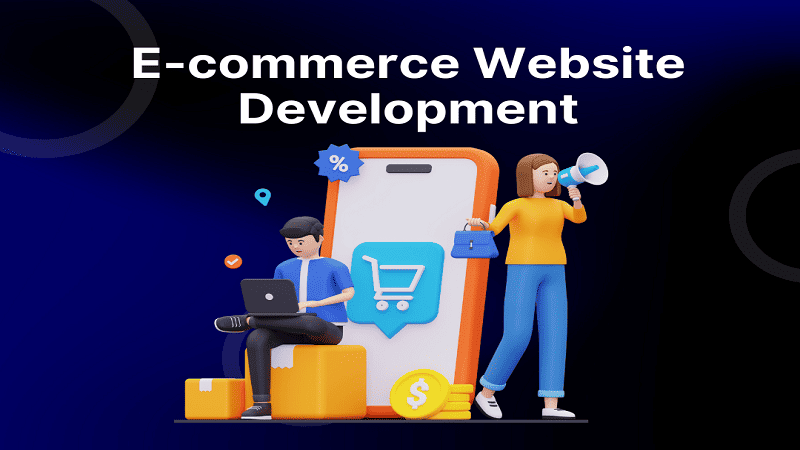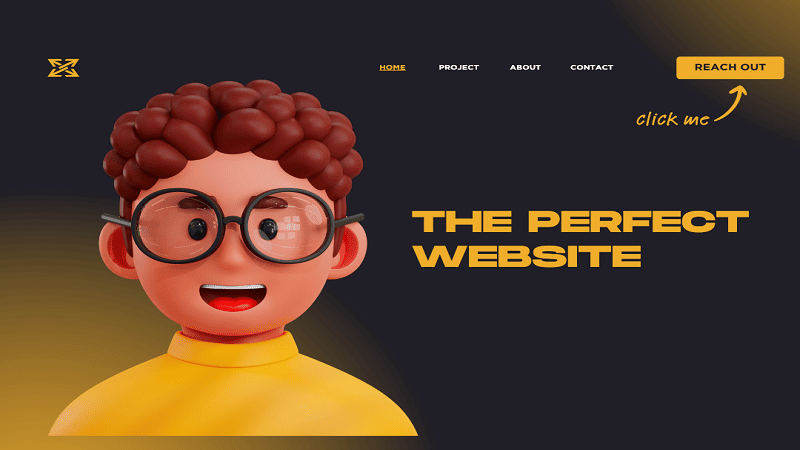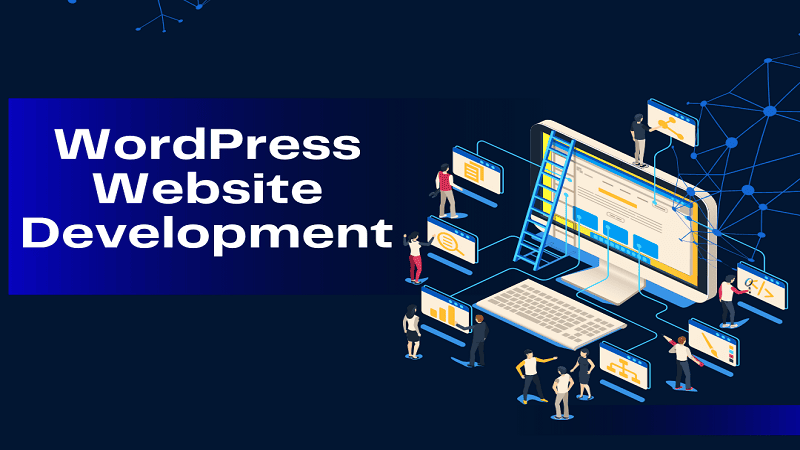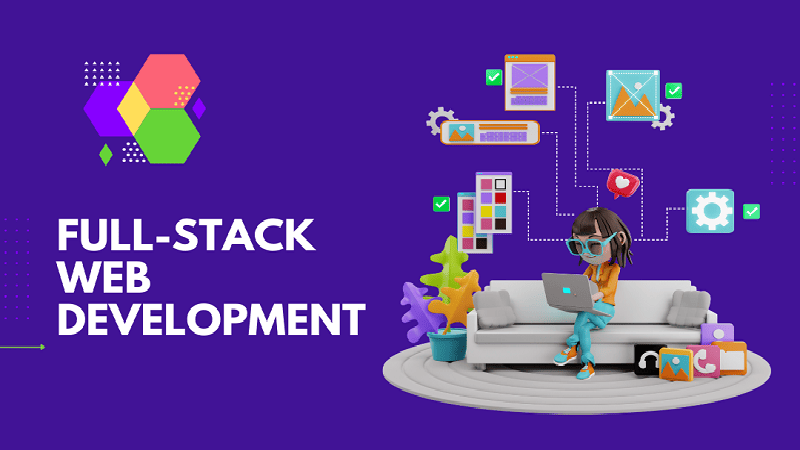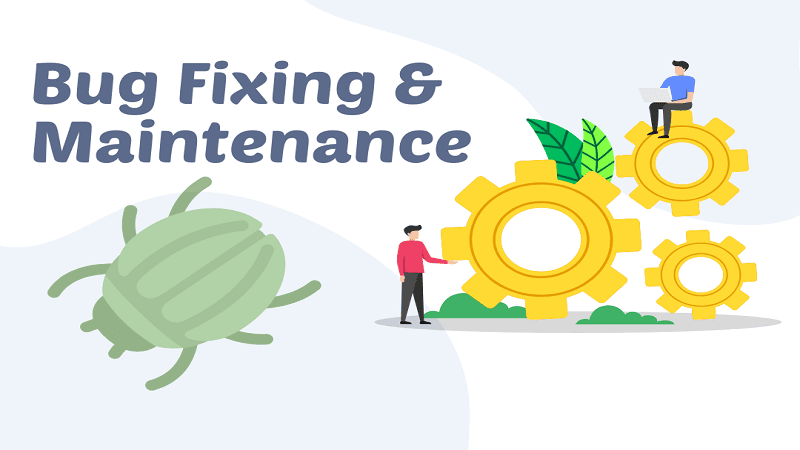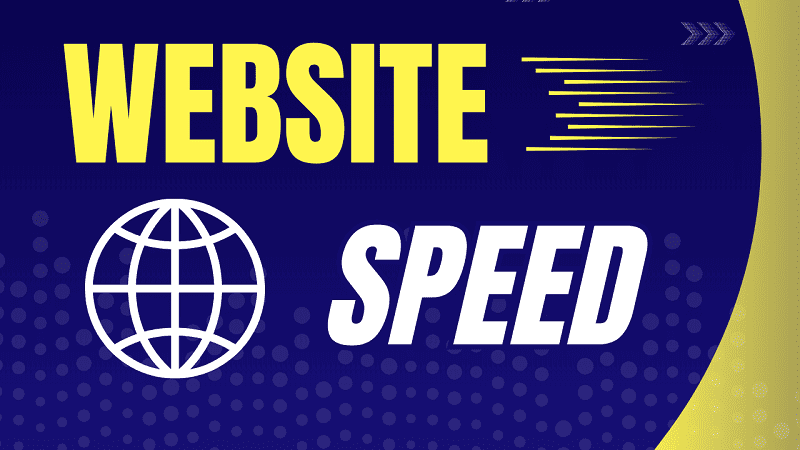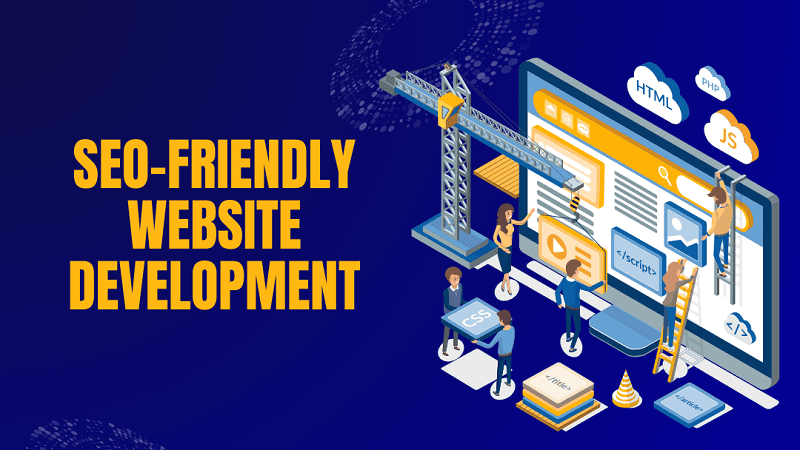A Beginner’s Guide to Choosing the Right Tech Stack for Your Website
By OG Dev Guru | Published: 4/20/2025

Introduction
Starting a new website can feel exciting—and overwhelming. One of the most important early decisions you’ll make is choosing the right tech stack. The tech stack includes the front-end, back-end, database, and hosting technologies that power your site. Picking the right combination ensures your website is scalable, secure, and performs well.
What Is a Tech Stack?
A tech stack is a set of technologies used to build and run a web application. It typically includes:
- Front-end (Client-side): What users see and interact with.
- Back-end (Server-side): The logic and database operations behind the scenes.
- Database: Where your data is stored.
- DevOps/Hosting: Where and how your site is deployed and maintained.
Step 1: Define Your Project Requirements
Before choosing a tech stack, understand what you're building. Is it a blog, a social media app, an e-commerce platform, or a portfolio site? Each has different needs in terms of scalability, complexity, security, and performance.
Step 2: Choose the Front-End Technology
The front-end is what users interact with. Popular choices include:
- HTML, CSS, JavaScript: Basic building blocks.
- React.js: Great for dynamic interfaces.
- Vue.js: Lightweight and easy for beginners.
- Angular: A complete framework, but with a steeper learning curve.
Step 3: Select a Back-End Technology
The back-end handles your app's logic, user authentication, database interaction, etc. Here are popular back-end options:
- Node.js: JavaScript on the server. Great with MongoDB and React.
- PHP: Traditional, used widely with WordPress and Laravel.
- Python (Django/Flask): Clean syntax, great for rapid development.
- Ruby on Rails: Excellent for fast prototyping.
- Java (Spring): Powerful for large-scale enterprise applications.
Step 4: Choose the Right Database
Databases store your content, user information, and more. Two main types:
- Relational Databases (SQL): MySQL, PostgreSQL – Structured data and relationships.
- NoSQL Databases: MongoDB – Flexible and scalable for unstructured or changing data.
Step 5: Consider Pre-built Tech Stacks
Some popular stacks simplify your decision:
- MERN Stack: MongoDB, Express.js, React.js, Node.js
- MEAN Stack: MongoDB, Express.js, Angular, Node.js
- LAMP Stack: Linux, Apache, MySQL, PHP
- JAMstack: JavaScript, APIs, Markup – often used for static sites with headless CMSs
Step 6: Don’t Ignore Hosting & Deployment
Once your site is built, it needs to live somewhere:
- Shared Hosting: Affordable, good for small websites.
- Cloud Hosting (AWS, Google Cloud, Azure): Scalable and powerful.
- Platforms (Vercel, Netlify): Great for front-end frameworks like Next.js.
Step 7: Community Support & Learning Curve
Choose technologies with strong documentation and community support. If you're a beginner, avoid overly complex stacks unless you're willing to put in the learning time.
Step 8: Long-Term Scalability & Maintenance
Think about where your project might be in a year. Will it need more performance, features, or security? Choose a stack that can grow with your needs.
Conclusion
Selecting the right tech stack is a critical first step in your web development journey. It impacts your site's speed, performance, scalability, and even cost. Focus on your project needs, your skill level, and future scalability. Don’t worry if you don’t get it perfect the first time—every developer learns through trial and error.
With the right tools and mindset, you’re already on your way to building something great.
